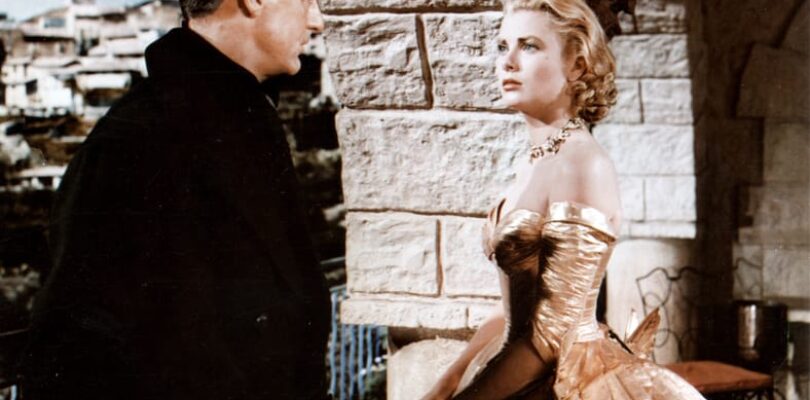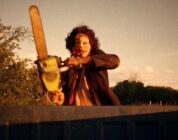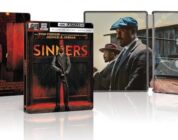Here are 12 classic movies you can watch for free today, with no credit card or any of that nonsense, from your home. Allow us to explain.
Kanopy is an app, funded by libraries, that allows anyone with a library card to access thousands of excellent movies — from classic movies to new releases — at no cost. If you don’t have a library card, you can almost definitely sign up for one online.
Just search “library card” — we’ll wait — then use it to log into Kanopy right here, and to start watching movies.
We know this sounds like an add for Kanopy, but it’s not. We don’t know anyone there. No money is changing hands. We just use it ourselves, and think you might enjoy it as much as we do.
And now, here are some of the classic movies you can watch free today on Kanopy. We could have added dozens more, and they’re updated often. Enjoy.
To Catch a Thief (1955)
This romantic thriller from Alfred Hitchcock pairs classic movie stars Cary Grant and future princess Grace Kelly. He’s a retired cat burglar; she’s the daughter of a widow with an oil fortune.
When an imposter starts preying on rich tourists in the French Riviera, Grant’s character, John “The Cat” Robie, has no choice but to come out of retirement in order to preserve his new life of legitimacy.
He crosses paths with Kelly’s Frances, who figures out his identity pretty quickly. Then it’s time for fireworks.
The classic film is a fun diversion if you like surprises and smooth-talking beautiful people traipsing through a glamorous setting in the 1950s. And who doesn’t?
On the Waterfront (1954)

Marlon Brando plays Terry Malloy, an ex-prizefighter who threw a fight to please mob boss Johnny Friendly. Now he’s a dockworker who, like everyone else, is afraid to stand up to the boss.
But as things get more and more extreme — including when he’s tricked into helping set up a murder — he seeks out the courage to go to the Waterfront Crime Commission and testify.
The film is especially fascinating given its historical context: It came out after its director, Elia Kazan, appeared before the House Committee on Un-American Activities Committee in 1952 and named names of people he said were Communists. Kazan was criticized by friends, including Arthur Miller, and On the Waterfront is widely interpreted as his response.
This film is also the source of the “I coulda been a contender” speech, later repeated by Robert De Niro in 1980’s Raging Bull.
Once Upon a Time in the West (1968)

This Sergio Leone spaghetti Western spawned one of the coolest naming conventions in movies (Once Upon a Time in…) and gave free rein to a who’s-who of great actors, including Henry Fonda and Jason Robards.
Charles Bronson is a quiet scene stealer as Harmonica, who keeps delivering a haunting refrain that is part of Ennio Morricone’s score, maybe his all-time best.
And we can’t forget Claudia Cardinale as Jill McBain, a recently widowed homesteader who most of the action.
The Conversation (1974)

The recent death of Gene Hackman led to a renewed appreciation of his work, and The Conversation is one of his greatest films. It was understandable overshadowed by Francis Ford Coppola’s 1972 The Godfather and and 1974 The Godfather Part II, but The Conversation is still among Coppola’s best films.
It follows a privacy-obsessed surveillance expert named Harry Caul (Hackman) whose values are thrown into doubt when he eavesdrops on alarming details of a potential murder.
Soon he’s lured into a neo-noir that predicts our current state of the world, in which everyone in America is a little surveilled, almost everywhere.
Pulp Fiction (1994)
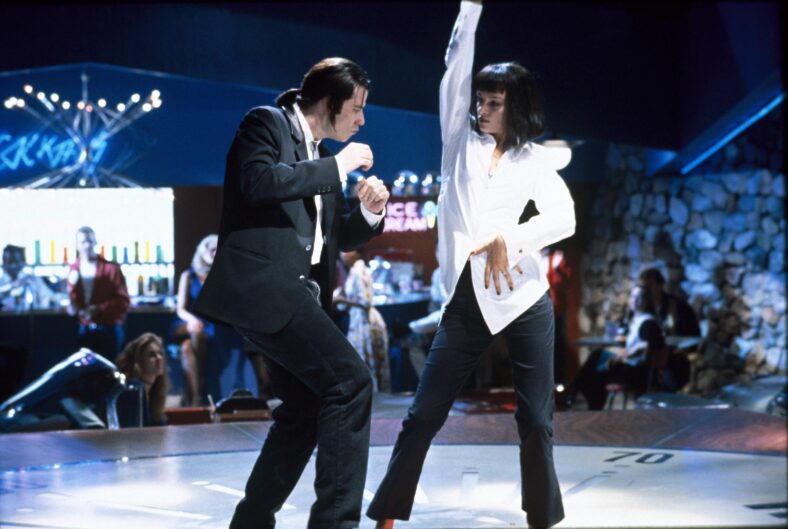
Not all the classic movies on Kanopy are old — and no, we don’t consider Pulp Fiction old.
Quentin Tarantino’s epic has nods to some of the other films on this list — the refusal of Bruce Willis’s Butch to throw a fight is a clear nod to On the Waterfront — but it’s also a masterpiece in its own right, scrambling narratives and confusing audience emotions and sympathies at every turn.
It’s maybe the most-imitated movie of the last three decades, but no one has can match Tarantino for combining spectacle and monologue, or visuals and music. It fares well on our list of All 10 Quentin Tarantino Movies, Ranked.
Seven Samurai
The Postman Always Rings Twice (1946)
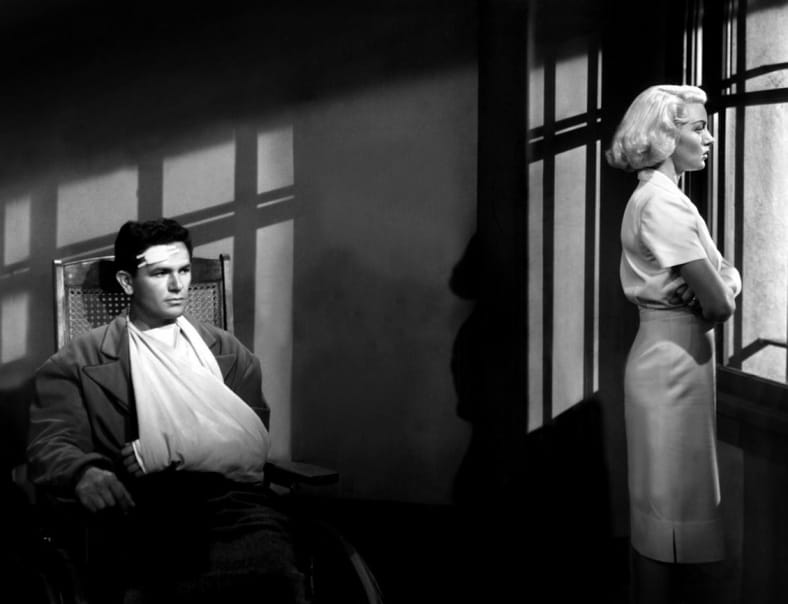
John Garfield and Lana Turner define the word smoldering in this classic movie, one of the all-time greatest noirs, about a drifter named Frank (Garfield) who falls for a married woman named Cora (Turner) while working for her and her older husband at a diner.
Cora talks him into killing the husband, of course, and then thinks get very twisty. This is a movie that feels like it launched a dozen Lana del Rey songs: beaches, sulky women, manipulated men, death.
The title gives away the whole movie without telling you anything at all. It’s hiding in plain sight, as is the case with all the best noirs.
High Noon (1952)
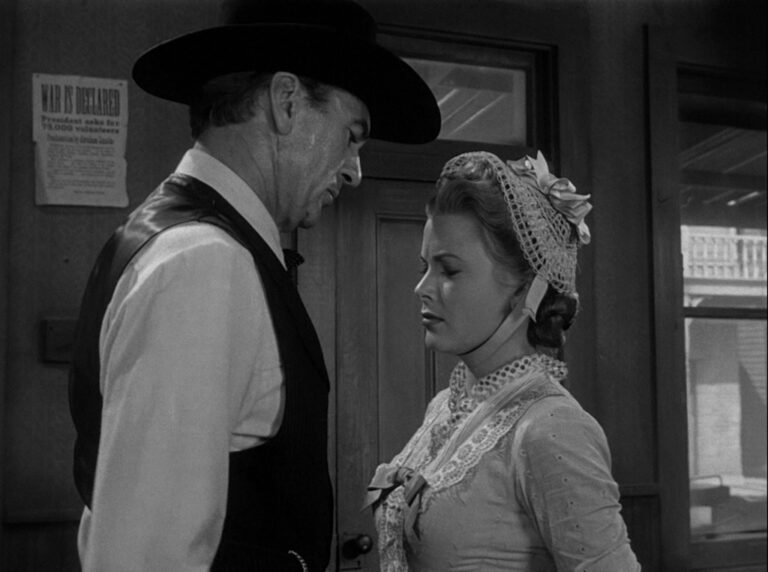
The second Grace Kelly film and second Western on this list is a tightly told, stone-cold classic about a good man and the lonely fight for decency.
Town Marshall Will Kane (Gary Cooper) is ready to hang up his star and leave town with his beautiful new wife (Kelly), but a gang of killers is coming — and he must decide whether to face them, or take off and let it be somebody else’s problem.
He tries to round up a posse to stand up to the bad guys, and finds that everyone has an excuse. He’d be well within his rights to cut and run.
But that’s not what he does.
The Apartment (1960)
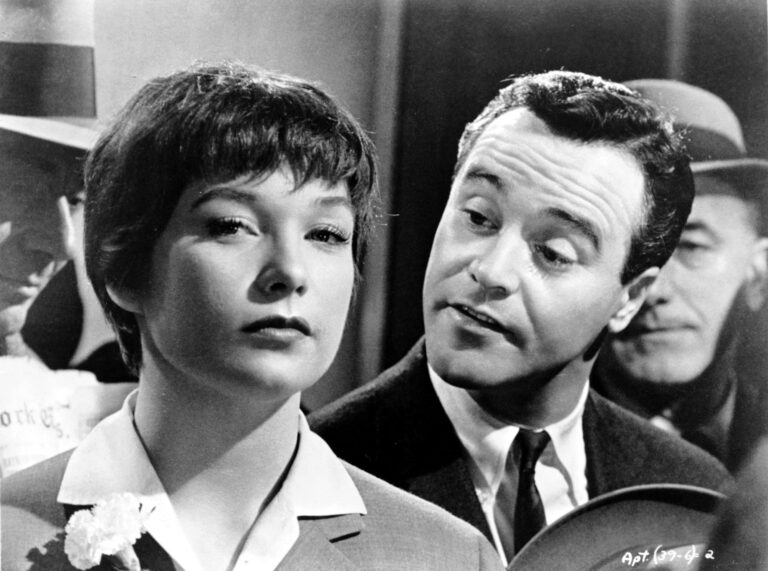
There are echoes of The Apartment in countless films that have followed, including Sean Baker’s brilliant Best Picture winner Anora.
But The Apartment is one of the greatest films of all time for how well it navigates complicated themes like sexual exploitation and complicity at a time when films had to code everything to get past studio self-censorship — and outright censorship.
It helps that it’s funny, and incredibly charming. You want Jack Lemmon and Shirley MacLaine to be together from the moment you see them onscreen. And director Billy Wilder and his co-writer, I.A.L. Diamond, manage to make everything about their grim scenario clear without spelling things out.
The Sweet Smell of Success (1957)
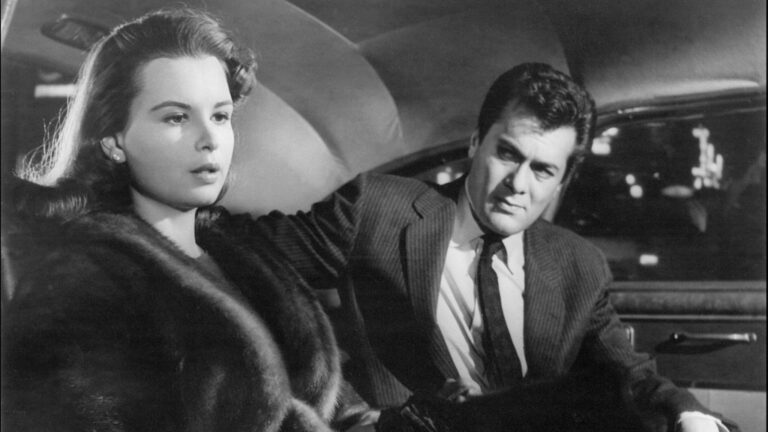
You don’t think a movie about a Broadway columnist is going to be a rough-and-tumble noir, but somehow it is.
The Sweet Smell of Success is a journalistic noir about control and manipulation that makes today’s clickbait antics look tame. It’s also a masterful battle of wits between allegedly respectable journalist J.J. Hunsecker (Burt Lancaster) and sweaty publicity man Sidney Falco (Tony Curtis), with the happiness of Hunsucker’s sister Susan (Susan Harrison) hanging in the balance.
There’s also sex and drugs and communism and a shadowy Times Square, photographed at night. Prepare to be mesmerized.
Some Like It Hot
Night of the Living Dead (1968)
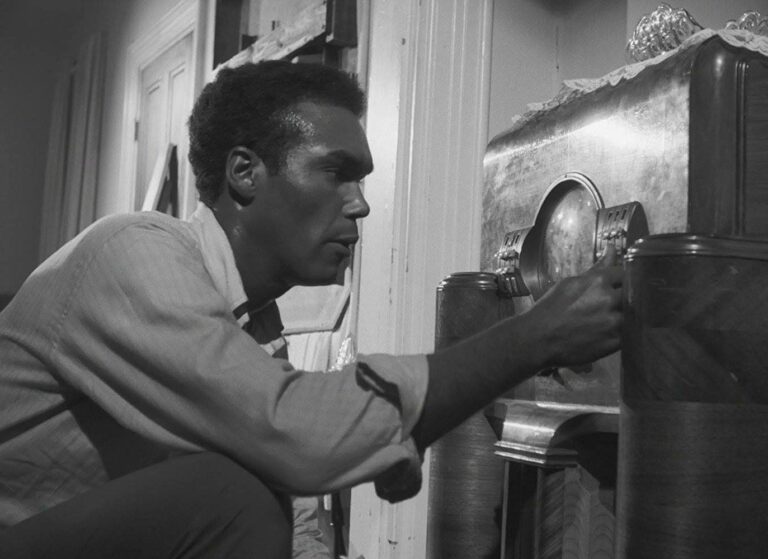
If you like the social commentary of Ryan Coogler’s Sinners, you’ll also love Night of the Living Dead. Made for a shoestring budget in black and white, it went on to earn back its budget more than 100 times and inspired not just George Romero’s string of zombie films, but the modern zombie genre.
The setup is simple: a bunch of strangers try to hide out from the undead in a rural Pennsylvania farmhouse. But the execution is chilling, even now.
Roger Ebert was among those who attended the Pittsburgh premiere, which was, somehow, filled with kids whose past experience with monster movies didn’t prepare them for Night of the Living Dead: “The kids in the audience were stunned,” he wrote. “There was almost complete silence. The movie had stopped being delightfully scary about halfway through, and had become unexpectedly terrifying.”
Contempt (1963)

There are few films as intoxicating as Contempt, one of 10 films Jean Luc-Godard directed in the first half of the 1960s. Many are masterpieces — Breathless is especially influential — but Contempt is our favorite because of its connections to so many other films, past and present.
The brilliant director Fritz Lang plays himself, trying to recruit screenwriter Paul Javal (Michel Piccoli) to write a screenplay based on Homer’s The Odyssey (the same Greek epic that Christopher Nolan is presently adapting.) They work with cocky American producer Jeremiah Prokosch (Jack Palance), who schemes to seduce Paul’s wife, Camille, played by a radiant Brigitte Bardot.
It’s all beautiful and tragic and movie mad, and Georges Delerue’s luscious “Theme for Camille,” which is played throughout the film, was repurposed by Martin Scorsese’s Casino, another film about a wife falling out of love.
The Seven Samurai (1954)

Even if you haven’t seen Akira Kurosawa’s The Seven Samurai, you’ve felt it. The most obvious film to borrow from it is the Western remake The Magnificent Seven (1960), but the many films it has influenced range from Star Wars (1977) to A Bug’s Life (1998).
The film has one of the most enduring of all movie setups: a ragtag group bands together to battle evil. The film, set in 1586, follows villagers who recruit the seven samurai of the title to protect them from rapacious bandits.
Liked This List of Classic Movies You Can Watch for Free?
If so, thanks for reading, and please support your local library.
Main image: Brigitte Bardot in Contempt. Marceau-Cocinor

